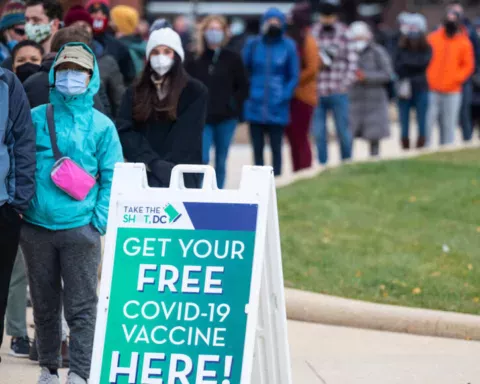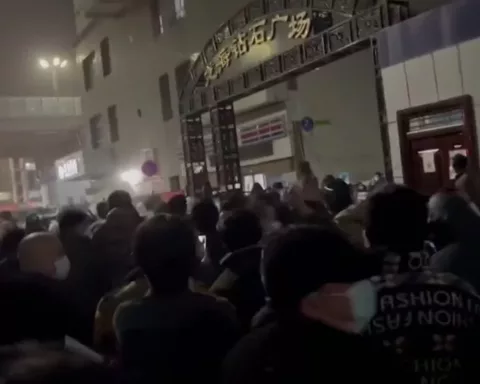“This is a sample of raw sewage, this is 40 milliliters, it came from a manhole,” said Kantor showing me a small vial, “this sample could represent up to a million people.”
The method works like this — wastewater is collected over a 24-hour period, the sample is put through an 8-hour process to break down its contents, then tested for COVID-19.
These poop reports, planned or already underway in every Bay Area county, can reveal hidden outbreaks of disease. They also provide an efficient way to track the pandemic’s ebbs and flows over time – especially in communities without easy access to routine testing, where some infected residents may never feel sick.
“It’s designed to give us an early warning,” said Sasha Harris-Lovett, an urban water expert with the UC Berkeley team that is working with officials in Alameda, Contra Costa, San Francisco and Marin counties.
“It’s like fighting fire on a mountain top – if we see the smoke, we can marshal our resources before it becomes an inferno,” she said.
The new strategy, which has not yet been used to make public health decisions, relies on this important fact: After someone is infected with the COVID-19 virus, the pathogen’s genetic material is released through feces for weeks.
Wastewater testing can detect infections in as few as a handful of individuals in a building or town. But it’s highly unlikely that the pathogen in wastewater is still alive and transmissible, so is believed to pose little threat.





